Construction began on the first fire-resistant, onsite-built concrete accessory dwelling unit (ADU) in Walnut, California. The ADU’s concrete walls will be 3D printed by a robotic 3D printer of RIC Technology. Builtech Construction Group, in collaboration with the City of Walnut and the Los Angeles County Fire Department, will lead the project from design to completion.
K4K Construction Design will be responsible for 3D printing as a subcontractor. Currently, Builtech Construction Group is installing the plumbing and sewage system. Once the foundation is laid, RIC Technology’s robotic arm 3D printer will be brought on-site to print the exterior walls of the house. The printing process is expected to take roughly 20 days.
Ziyou Xu, founder and CEO of RIC Technology, said, “Our compact modular robotic 3D printer overcomes conventional gantry systems’ limitations, enabling 3D construction on site, in confined spaces such as people’s backyards.”
“This project can be the beginning of something meaningful—a wider application of 3D-printed homes that are less susceptible to fires,” commented Xu.
Reducing a home’s susceptibility to fire can greatly increase its chances of surviving a wildfire, according to the USDA Forest Service’s Wildfire Risk to Communities. Most homes destroyed in wildfires are initially set ablaze by embers and minor flames.
“This fire-resistant home will reduce wildfire risks for the homeowners by enhancing resilience during a fire and speeding up post-wildfire recovery,” said Xu. “It significantly saves time and money in the recovery process if residents’ homes survive a wildfire.”
Aaron Liu, CEO of Builtech Construction Group and an NFPA-certified wildfire mitigation specialist (CWMS)said, “During wildfires, ‘heat’ and ‘oxygen’, two of the three components of the fire triangle, are beyond control,” and added, “Therefore, our focus is on eliminating ‘fuel,’ the unique architectural design and building materials in this case.”
The exterior walls of the ADU will be 3D printed using non-combustible concrete. The roof will be constructed with light steel and sure-boards, which is different from other 3D-printed homes featuring wooden structural roofs. Builtech will reinforce areas that are usually vulnerable to fires, like eave vents and windows.
“The ADU will be built without a single piece of wood or nail – no ‘fuel’ on the main structure,” said Aaron. “So we significantly minimize the likelihood of fire entering the home, reducing its susceptibility to fire.”




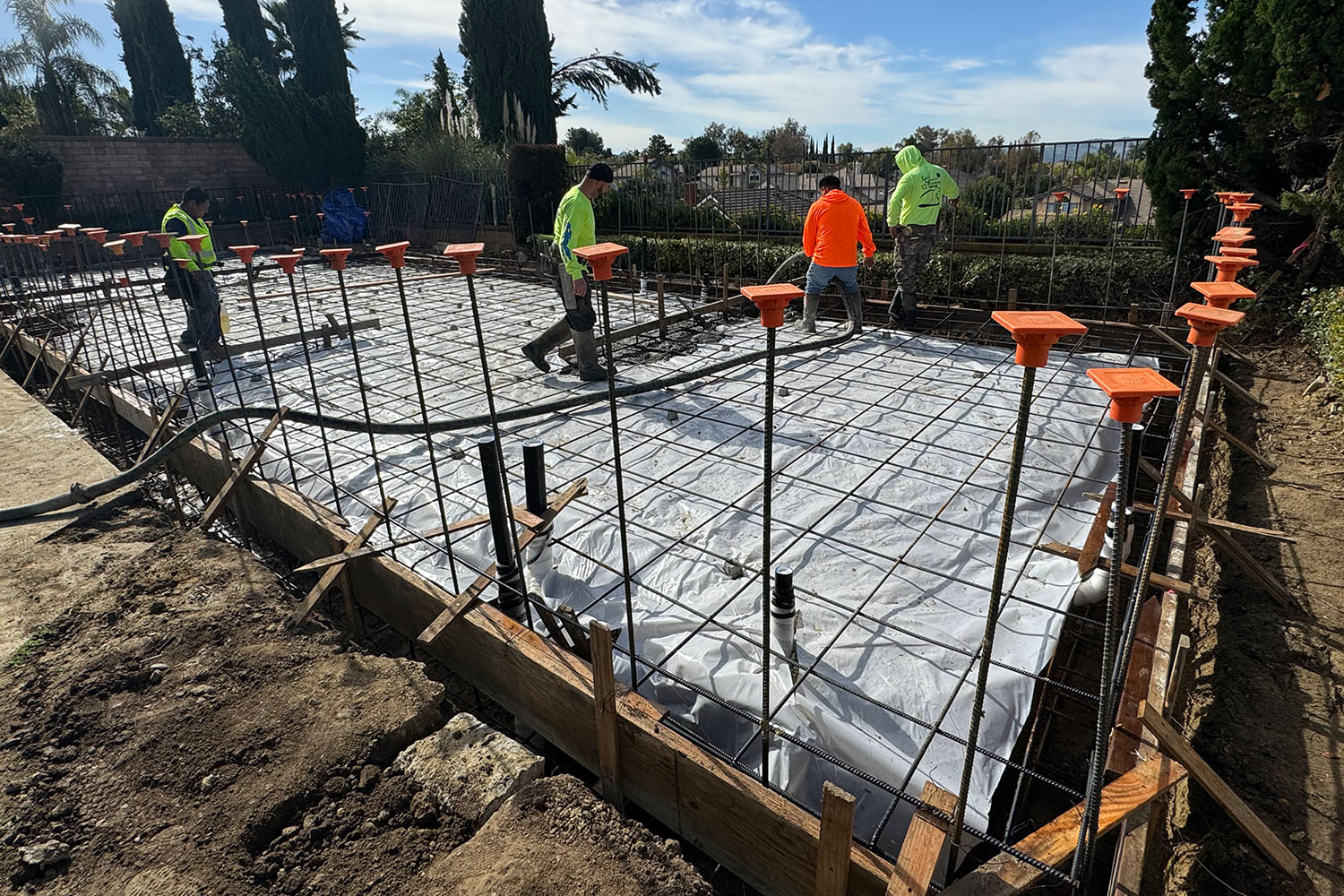
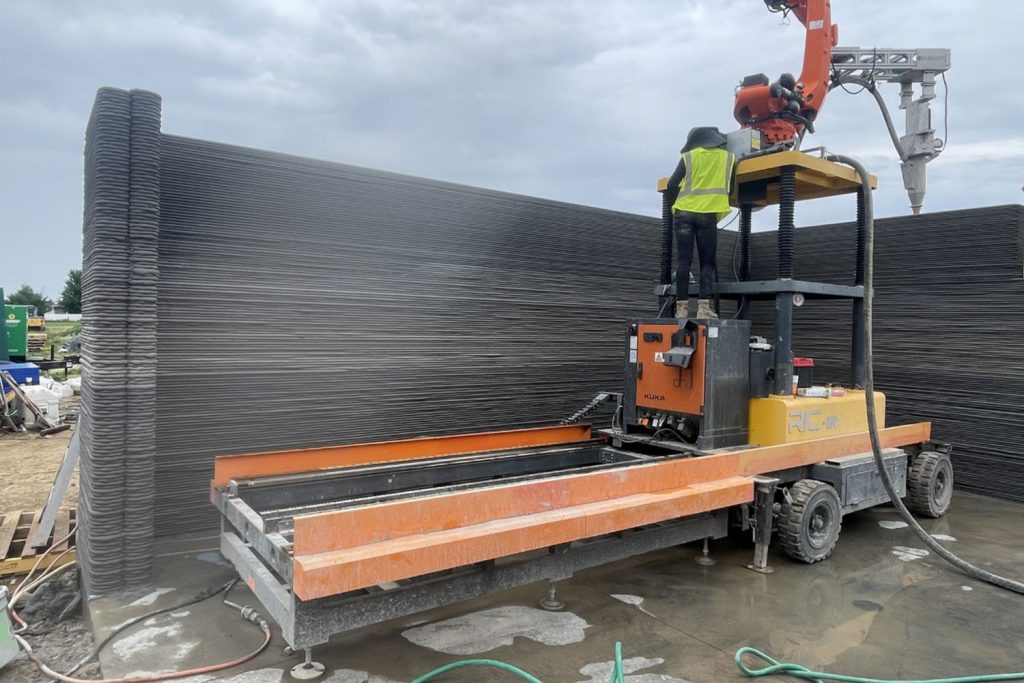
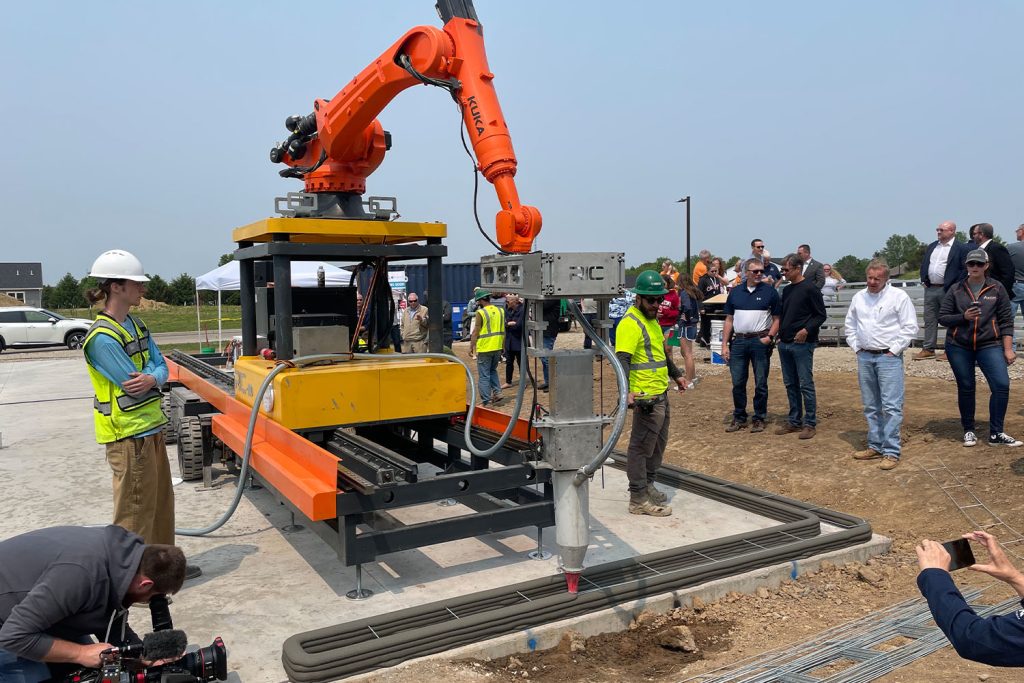
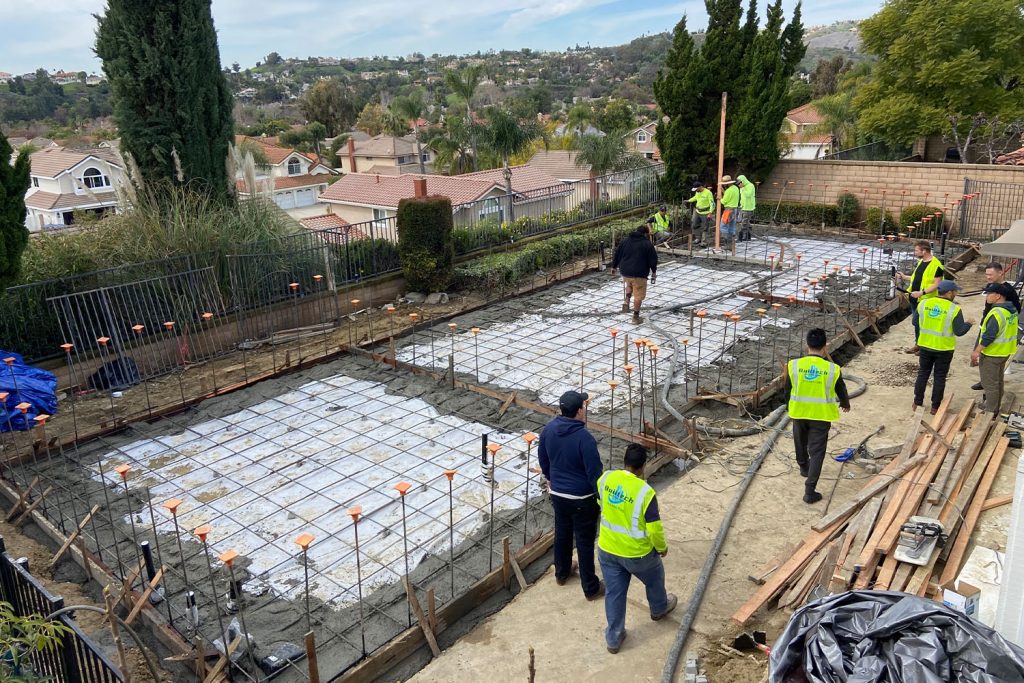




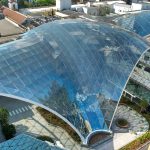








Leave a comment